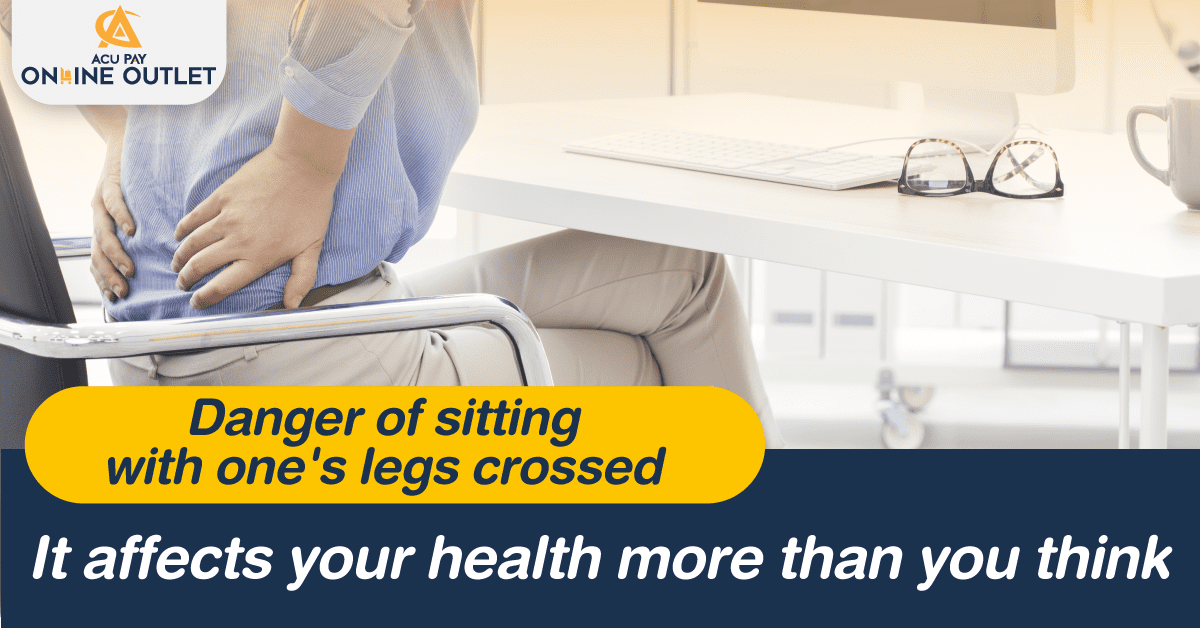

When sitting cross-legged for a long time, it results in the body’s appearance in an inappropriate position. The neck will stick out to the front, the shoulders will be uneven. The hips will move in a posture that put more weight on the buttocks than usual and the weight will be poured on either side of the buttocks until it causes pain in the back easily. It can lead to the point where the spine may be deformed and to the osteoarthritis pillow.
When you cross your legs, it can adversely affect the nerves located on the side of the outer knee bone, causing a foot drop. The symptoms are weak ankles, can’t lift feet, or can’t wag feet. Thus, you have to bend your hips more while walking. Foot drops are only temporary and can heal on their own, but if the nerves are pressed so severely that they interfere with your life, it may be the beginning of a possible accident in the future
Many people may experience pain or numbness in their legs when they cross their legs for a long time, but they may think it occurs because of sitting still for a long time. It is caused by nerves and blood vessels being suppressed, which results in the heart’s hard work, pumping blood into parts of the body, resulting in numbness on the thigh from sitting with crossed legs.
Most of them are painful. The main area is the lower back because the cross-legged posture uses the abdominal muscles and back muscles the most, and there is also pain in either butt due to pressure directly put on the butt.
If you have had persistent back pain for several days, and the pain is not getting better after taking a rest. Consult a doctor to determine if there are any other causes of pain. If you have numbness together with back pain, leg cramps, or numbness in the shin or back of the foot indicates nerve compression. If your ankle is weak, unable to wag your ankles, or stumbles while walking, consult a doctor immediately.
Start easily by changing the sitting posture to a stretching posture and crossing each other’s legs instead of sitting with legs crossed because it does not imbalance the hips as much as it does by lifting the legs. If necessary, you should sit on a new side every half hour to prevent one of your legs from being pressed until it loses balance for a long time to reduce the risk of nerve compression. However, sitting with one’s legs crossed is not the right posture.
Thus, the best way to relieve the pain of sitting on your legs is to stretch and strengthen your back muscles and core muscles. For example, planking, and sit-ups strengthen the muscles that work hard when sitting with one’s legs crossed. As the muscles become stronger, the side effects of sitting with legs crossed will also decrease.
Thanks to the information from the specialized bone and joint hospitals, KDMS